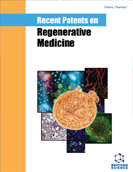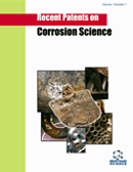Abstract
Surface, the top most or outermost layer of a given material, is very much influential in the initial interaction with other bodies or their surfaces. In tribological applications, surface interaction is important, therefore, it needs to be treated or protected for the improvement of properties. The surface treatment techniques are significantly important as they enhance various properties of the material, such as surface strength, surface hardness, surface roughness, friction and wear resistance, chemical resistance, and corrosion resistance, etc. These surface properties are studied with a wide range of characterization methods, such as the chemical composition of the surface being analyzed with the energy dispersive, Auger electron, glow discharge, optical emission spectroscopy and X-ray spectroscopy. The microstructure and morphology of the surface are studied by using light optical microscopy, scanning electron microscopy and transmission electron microscopy. In the present context, the tribological characterization includes the evaluation of surface roughness, friction and wear aspects of the surfaces from macro to nanoscale. The surface profile can be assessed by using contact and non-contact type surface profilometers. The friction aspects can be studied using a simple scratch tester or a multi-scale tribometer or by measuring lateral forces in atomic force microscopy. This chapter covers the theoretical aspects of various surface characterization techniques and tribological characterization methods.
Keywords: Atomic force microscopy, Friction and wear, Microstructure, Morphology, Optical, Profilometer, Scanning electron and transmission electron microscopy, Spectroscopy, Surface, Tribological characterization.






















